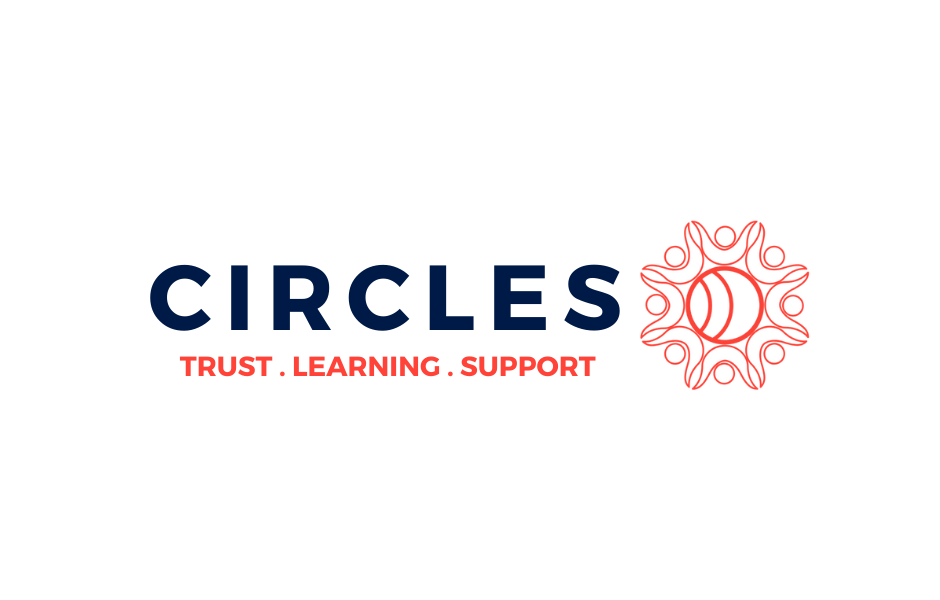Conscious Coupling: What Happens When Communications and Program Teams Work TOGETHER to Maximize Awareness for an Issue
Mai Tran
Manager, Marketing & Communications
Imaginable Futures
@mai_p_tran
Jennifer Clark
Consultant
Independent
@jenn_clark
Key Takeaways:
Always insist on a kick-off meeting at the outset of a new project. Discuss goals, deliverables, audiences and timing from the very start.
Audience = destination. Make sure you’re talking about the same location. Your north star may be state policymakers and the program team’s north star may be the six other people who have studied this topic full-time for years. Develop different approaches for each.
Instead of releasing one big report at a time, try a sequence of pieces. By messaging the report’s findings in smaller chunks, it will be much easier to get media coverage beyond the typical niche audience of researchers and academics.
Get clear on your strategy by defining your team’s most important metrics of success.
Slide Deck:
Session Summary:
Life is a highway, and your communications plans are like road trips. Session presenters Mai Tran and Jennifer Clark used the extended metaphor of road tripping to lead the audience through “The Carpool Strategy”of planning and execution that allows program and communications teams to be their most effective together.
Before the trip begins, make sure to establish common ground between teams. This is the most crucial time period for laying out the groundwork for success. Get clear on the destination (where are we going?), the route (how will we get there?) and who is doing what.
During the trip, call shotgun and keep asking for a front seat. Your perspective is inherently different, and valuable. Be open to recalibrating your strategy as the project progresses.
At the end of the cycle, take time to stop, pause, and reflect on evidence-based insights. This is critical to being viewed as an expert when it comes to your communications and media strategy.
What worked? What didn’t? These are your opportunities for growth. By reinforcing the common ground, you carry it forward.
Questions from the Audience:
Q: What to do when other departments insist on comms strategies that don’t make sense for the project?
A: Build trust, experiment, prove you were right. When things don’t make sense, and the asks are too much, it helps to be able to say, we’ve got a calendar- here are the posts you’ve requested, in the schedule. Manage expectations. It can feel like a service role to program. If we’re carpooling together, it has to be the most strategic route. “I heard you” matters.
Q: How to build a robust review process?
A: Develop empathy and understanding of the other roles on your team. Develop process by committee – how can we work together? Efficiency is overrated as compared to buy-in. A step by step, day by day with each step. Get buy-in from leadership.
Q: How to make deliverables that serve both audiences of academics and the general public?
A: Two headlines! One big one – for everyone. A smaller one – for the researchers. With longer reports, put together an executive summary – can be its own document. Different tone, etc. Do both.
Q: How do you get researchers to be clear about the goal or outcome they want?
A: Ask a lot of questions. Make a set of questions, for example: what are three things you hope to come out of this? Where could you see this going?
Audience Exercises:
The speakers did a live survey of the audience, shared their “road trip” playlist and shared postcards for attendees to send themselves a takeaway from the session.
These notes were captured by Natalia Ciolko and have been reviewed by the presenters Mai Tran, and Jennifer Clark

